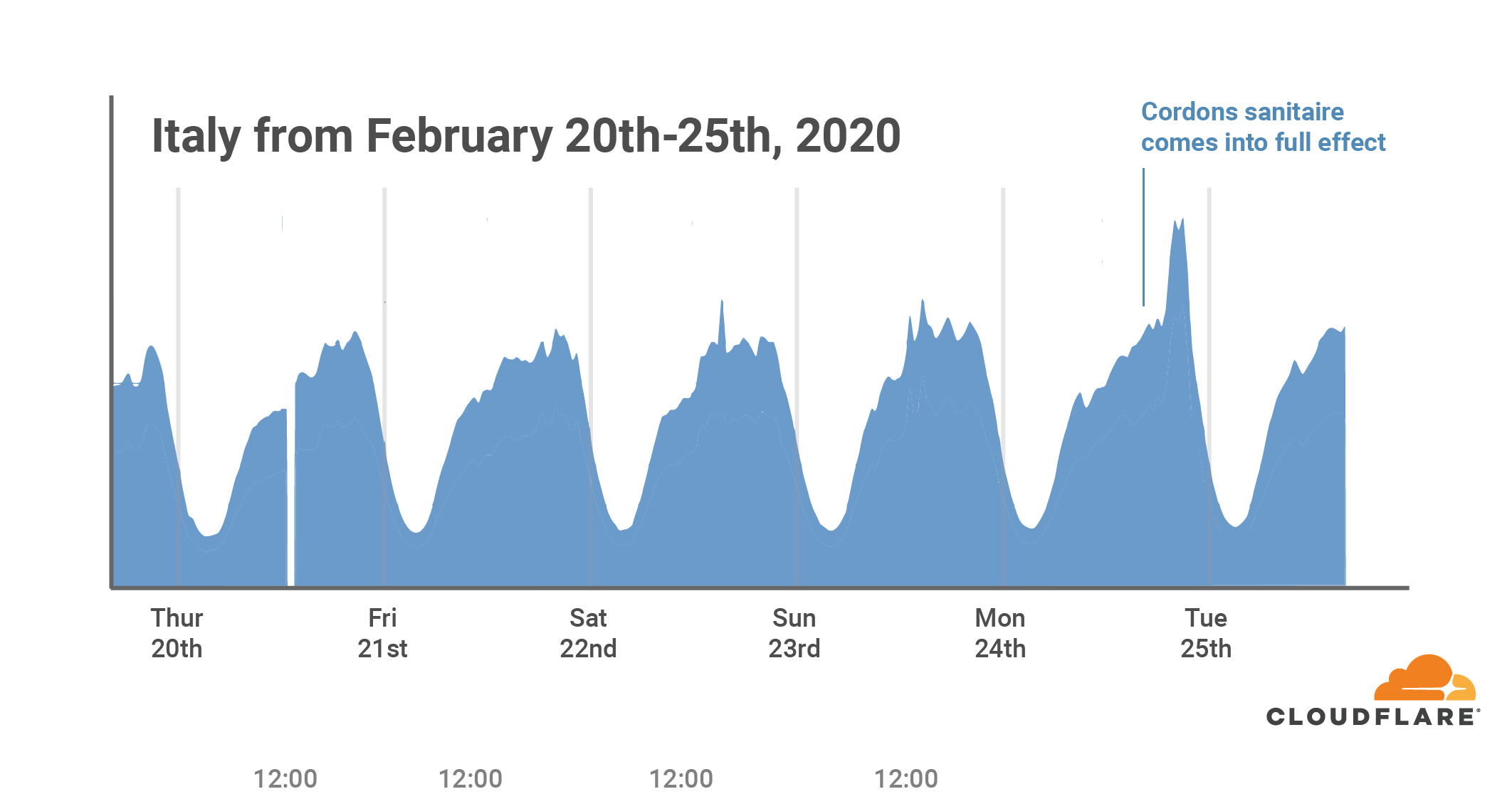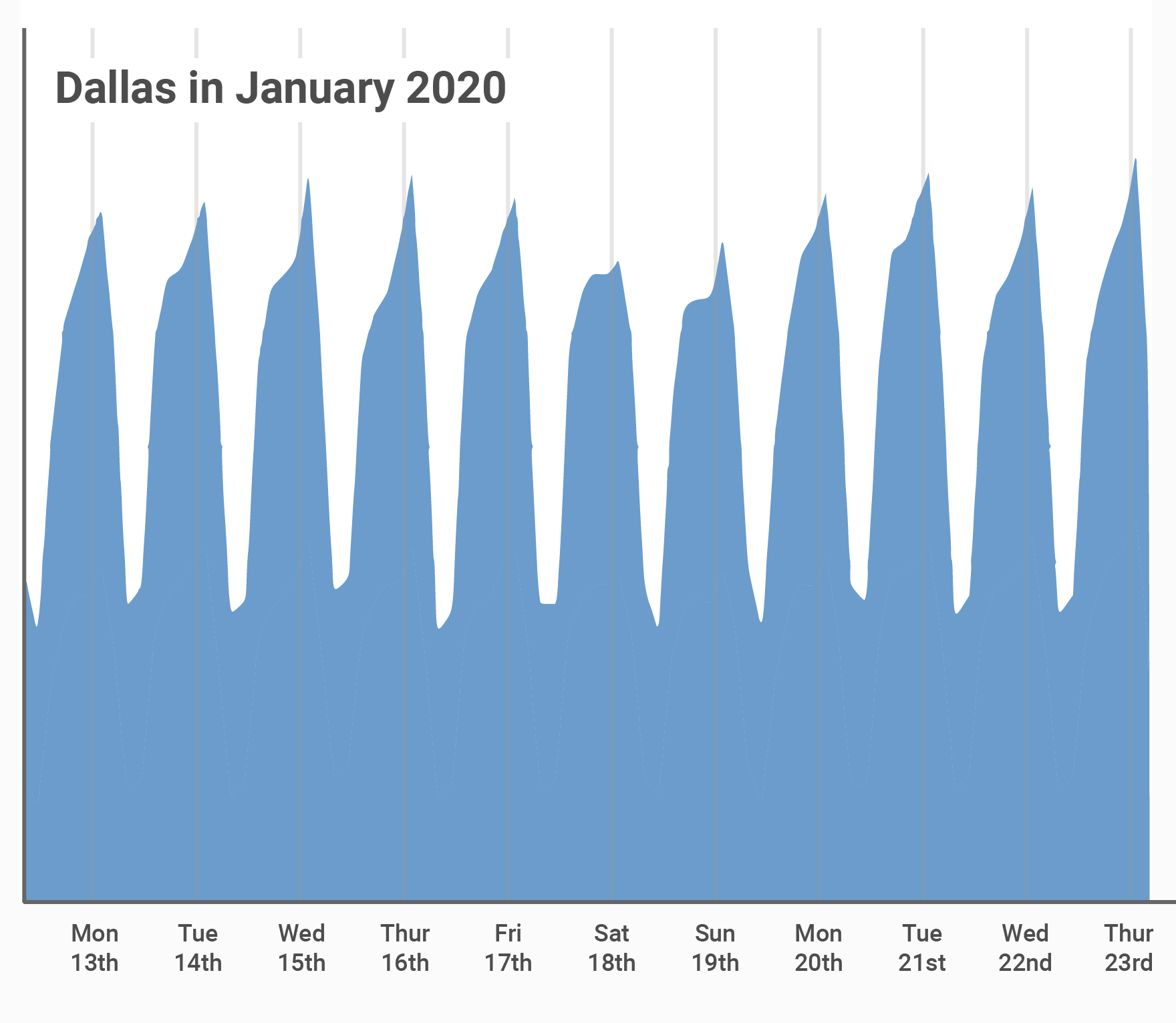CEX (Code EXpress) 07. Loops are bad in the networks, but not in code.
Hello my friend,
We have covered all the necessary types of the Python’s variables (ordinary, lists and dictionaries) and now we can move on with further concepts. And the first immediate pit stop is the question “how can we work with the Python’s lists and dictionaries efficiently?” The answer wold be “just loop them”!
Network automation training – boost your career
Don’t wait to be kicked out of IT business. Join our network automation training to secure your job in future. Come to NetDevOps side.

How does the training differ from this blog post series? Here you get the basics and learn some programming concepts in general, whereas in the training you get comprehensive set of knowledge with the detailed examples how to use Python for the network and IT automation. You need both.
What are we going to do today?
The looping of the sibling’s element out of any data structure, such as a Python’s list or a dictionary, is one of the essential building blocks of any programming code, including the simplest ones. Therefore, today you will learn:
- How to create loop over Python’s lists using for instruction.
- How to create loop over Continue reading
FortiGuard Labs’ Derek Manky Talks Swarm Attacks, War of Deception
Collaboration and deception are two tools that Manky says should play a prominent role in...
Broadcom Pulls 2020 Guidance as Coronavirus Fuels Uncertainty
As the coronavirus continues to wreak havoc on financial markets, Broadcom has so far avoided sales...
vlog. Episode 7. Open Networking and white boxes
Hello my friend,
after short pause caused by the launch of the Network Automation Training we continue our video blog series. We’ve written a lot about open networking so far and today we talk about it.

In this episode, together with Avi Alkobi from Mellanox we explore the Open Networking world from the Data Centres perspective. On a side note, we discuss the new paradigm for networking: open-source vs. traditional vendor lock-in.
Don’t forget to subscribe for the channel, put likes and repost the video if you like that! 
Support us
P.S.
If you have further questions or you need help with your networks, I’m happy to assist you, just send me message. Also don’t forget to share the article on your social media, if you like it.
BR,
Anton Karneliuk
Daily Roundup: Operators Respond to Coronavirus
Operators responded to expected network impacts from the Coronavirus; Oracle Cloud surged in Q3;...
T-Mobile’s Post-Merger Executive Team Takes Shape
The executive team at the new company is primarily comprised of existing T-Mobile US leaders. Of...
Juniper Drives Kubernetes Into the Networking Conversation
The vendor has a twofold strategy to address multiple orchestration and enterprise challenges in...
Heavy Networking 506: Where Is The Industry Headed With Intent-Based Networking?
Where is the networking industry with Intent-Based Networking (IBN)? On today's Heavy Networking we talk about efforts to come to some agreement on just what constitutes IBN, dive into graph databases, and examine proposed IETF definitions of the technology. Our guests are Jeff Tantsura, head of networking strategy at Apstra and IETF chair; and Phil Gervasi, a solutions architect.
The post Heavy Networking 506: Where Is The Industry Headed With Intent-Based Networking? appeared first on Packet Pushers.
Heavy Networking 506: Where Is The Industry Headed With Intent-Based Networking?
Where is the networking industry with Intent-Based Networking (IBN)? On today's Heavy Networking we talk about efforts to come to some agreement on just what constitutes IBN, dive into graph databases, and examine proposed IETF definitions of the technology. Our guests are Jeff Tantsura, head of networking strategy at Apstra and IETF chair; and Phil Gervasi, a solutions architect.SD-WAN Vendors Target SMBs as Competition Ramps Up
With at least 70 SD-WAN vendors on the market, standing out from the pack can be tricky. In an...
Verizon Boosts Capex $500M to Deal With Coronavirus Impact
The operator was the most detailed among the nation’s largest telecom providers in how they are...
Coronavirus No Match for Oracle’s Larry Ellison
While other tech companies have blamed COVID-19 for recent revenue declines, citing supply chain...
COVID-19 impacts on Internet traffic: Seattle, Northern Italy and South Korea

The last few weeks have seen unprecedented changes in how people live and work around the world. Over time more and more companies have given their employees the right to work from home, restricted business travel and, in some cases, outright sent their entire workforce home. In some countries, quarantines are in place keeping people restricted to their homes.
These changes in daily life are showing up as changes in patterns of Internet use around the world. In this blog post I take a look at changing patterns in northern Italy, South Korea and the Seattle area of Washington state.
Seattle
To understand how Internet use is changing, it’s first helpful to start with what a normal pattern looks like. Here’s a chart of traffic from our Dallas point of presence in the middle of January 2020.

This is a pretty typical pattern. If you look carefully you can see that Internet use is down a little at the weekend and that Internet usage is diurnal: Internet use drops down during the night and then picks up again in the morning. The peaks occur at around 2100 local time and the troughs in the dead of night at around 0300. Continue reading
SDxCentral Remains Open During Coronavirus Outbreak
The COVID-19 outbreak has upended our world, but know that we here at SDxCentral will remain...
Cumulus content roundup: February 2020
Are you looking for a break from the general news? Our content round-ups are a great source for all the recent blogs (and more!) that we’ve shared. From podcasts, to product updates, to industry thought leadership and even customer examples of how they’re implementing open networking technology— we’ve got it all here for you.
Dive into the content below and update yourself on what’s been happening. It may just be that needed break from the rest of the news that you were looking for.
From Cumulus Networks:
VXLAN/EVPN vs VRF Lite: In this blog Rama Darbha, Senior Consulting Engineer at Cumulus Networks, talks through the difference between VXLAN with EVPN and VRFLite and offers up his conclusion as to which solution is better.
Kernel of Truth season 3 episode 1: FRRouting update: Season three jumps right into the deep end of the pool with a discussion on FRRouting. Listen as hosts Brian O’Sullivan & Roopa Prabhu chat about what’s new with the FRR community with a new guest to the podcast, FRR expert Donald Sharp.
Topology matters: how port-per-workload management strategies no longer hold up: A new way of looking at switching—as a logical, rather Continue reading
Weekly Wrap: Telia Taps Cisco Viptela SD-WAN
SDxCentral Weekly Wrap for March 13, 2020: The Sweden-based vendor cited Viptela's remote...